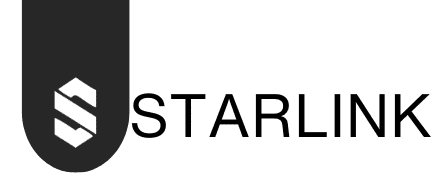Understanding What is List Crawling?: A Comprehensive Guide
In the world of data extraction and web scraping, one term that often comes up is List Crawling. But what exactly does it mean? What is List Crawling, How does it work, and why is it important for businesses and researchers alike? This article will demystify list crawling, explain its significance, and provide you with practical insights and a step-by-step guide to get started.
What is List Crawling?
List crawling refers to the process of systematically extracting data from a list of URLs on the internet. Imagine you have a list of web pages, and you want to gather specific information from each of them—like product prices, contact details, or other relevant data. List crawling allows you to automate this process, saving time and effort while providing accurate information.
Why is List Crawling Important?
- Efficiency: Manually gathering data from multiple sources can be tedious and time-consuming. List crawling automates this process, enabling you to collect large amounts of data quickly.
- Data Accuracy: Automated tools can extract data consistently without human error, which is crucial for analysis and decision-making.
- Competitive Analysis: Businesses can use list crawling to gather information about competitors, such as product offerings and pricing, to stay ahead in the market.
- Research: For researchers, having access to vast amounts of data from various sources is essential for conducting thorough studies and analyses.
How Does Lists Crawling Work?
What is List Crawling and how does Lists crawling generally involve in following steps:
Step 1: Preparing Your List
Before you start crawling, you need to have a clear list of URLs from which you want to extract data. This list can be compiled manually or generated using tools that aggregate URLs based on specific criteria.
Step 2: Choosing a Crawling Tool
To automate the crawling process, you’ll need a crawling tool. There are various options available, from simple browser extensions to more advanced software. Some popular tools include:
- Scrapy: An open-source and powerful web crawling framework.
- Octoparse: A user-friendly web scraping tool that doesn’t require coding skills.
- ParseHub: A visual data extraction tool suitable for beginners.
Step 3: Configuring Your Tool
Once you’ve chosen your tool, it’s time to configure it. This may involve specifying:
- The data you want to extract (e.g., text, images, links).
- The structure of the target web pages.
- Any filters or conditions for the data you wish to capture.
Step 4: Running the Crawl
After setting everything up, you can run your crawl. The tool will navigate through the URLs in your list, extracting the specified data from each page. This process can take anywhere from a few minutes to several hours, depending on the number of pages and the complexity of the extraction.
Step 5: Analyzing the Data
Once the crawl is complete, you will have a dataset ready for analysis. Depending on your goals, you can manipulate this data using software like Excel, Google Sheets, or specialized analytics tools.
Real-Life Example: How List Crawling Transformed a Business
Let’s look at an anecdote to illustrate the power of list crawling. A small online retailer, “Tech Gadgets,” was struggling to keep up with competitors. They wanted to analyze pricing strategies to remain competitive in the market.
By using list crawling, they compiled a list of competitors’ websites. They employed a simple web scraping tool to extract product names and prices from these sites. Within days, they had comprehensive data at their fingertips.
Armed with this information, Tech Gadgets adjusted their pricing strategy, introduced promotional offers, and ultimately increased its sales by 30% in just three months. This success story showcases how effective list crawling can be for businesses seeking to enhance their operations.
Ethical Considerations in List Crawling
While list crawling can be incredibly useful, it’s important to approach it ethically. Here are some guidelines to follow:
- Respect Robots.txt: Most websites have a
robots.txtfile that specifies how crawlers should behave. Always check this file to ensure you’re not violating any rules. - Limit Your Requests: Be considerate of the server’s load. Sending too many requests in a short time can crash websites and get your IP address banned.
- Use Data Responsibly: Make sure you have the right to use the data you collect, especially if it’s for commercial purposes.
Conclusion: Embrace List Crawling for Data Success
In summary, What is List Crawling is an invaluable tool for anyone looking to gather data efficiently and accurately. Whether you’re a business owner, researcher, or marketer, mastering the art of list crawling can provide you with a competitive edge and help you make informed decisions.
So, are you ready to dive into the world of list crawling? With the right tools and a clear strategy, you can unlock a wealth of information that can transform your approach to data.
For more insights on web scraping and data extraction, check out resources like Starlink.







